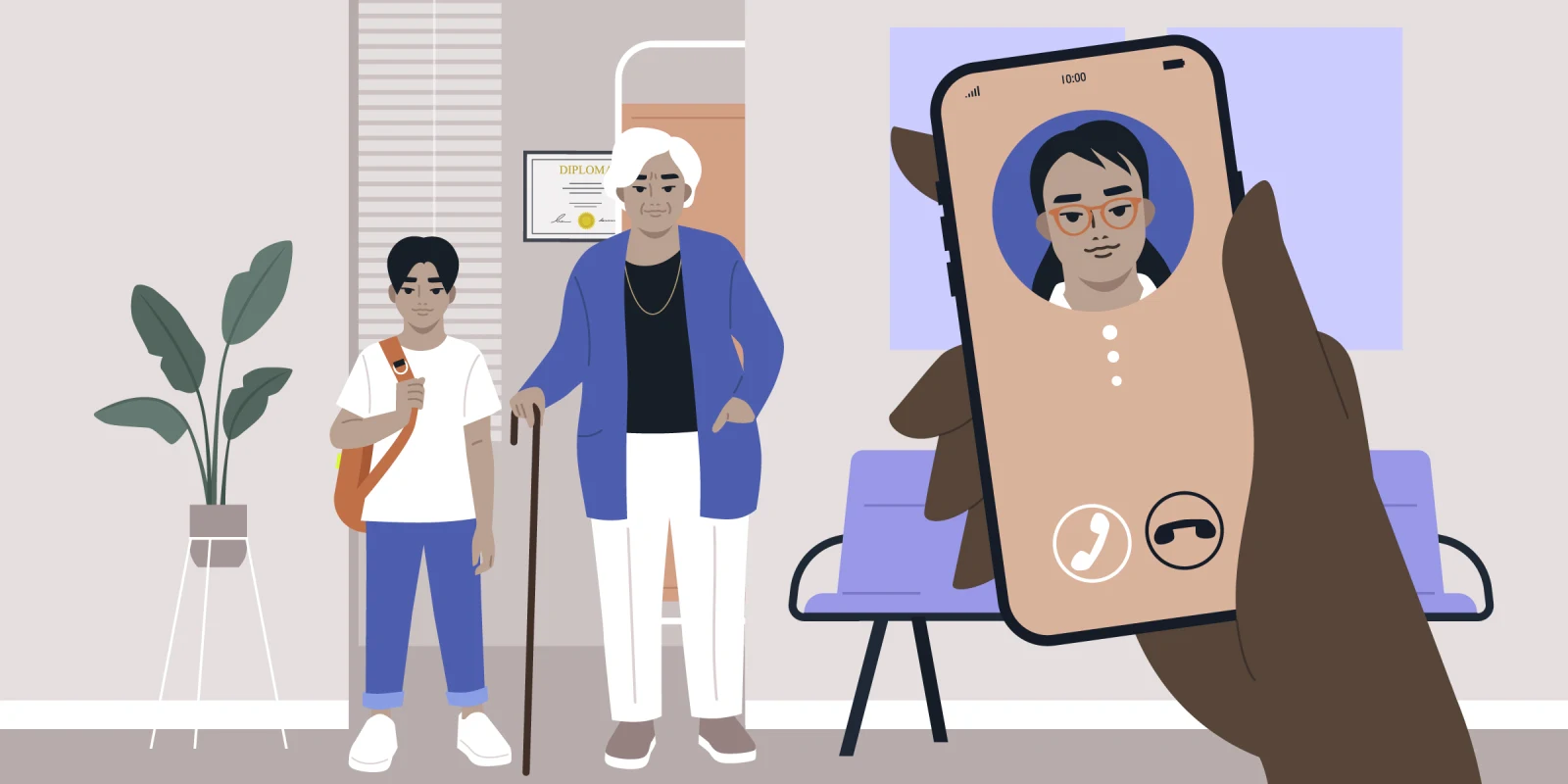As a consequence of the disruption of health care services by the COVID-19 pandemic, I spent about 18 months working in locum positions. One of the most remarkable experiences was working as a pediatrician in an ambulatory care service in Chinatown, Philadelphia. The parents and grandparents who brought more than 90% of my patients were uncomfortable with spoken English. I worked with a team of remarkable professional and experienced Chinese-English interpreters who mostly spoke Mandarin or Cantonese and a few other Chinese dialects.
As most health care workers know, U.S. federal law requires that individuals with limited English proficiency (LEP) have equal access to health care services. Health care facilities that receive federal funding, including Medicare and Medicaid reimbursement, and physicians participating in the Affordable Care Act's health insurance exchanges must ensure effective communication by providing interpretation and translation services to those needing them.
Beyond our compliance with the law, we want to communicate effectively with the patient, first to hear their concerns if they are a competent adolescent or adult, or those of their caregivers if they are a child or a dependent adult. Next, the doctor, after examining the patient and reviewing investigations, should relay to the patient or their caregivers what needs to be done for them. In a busy waiting room, doctors face the pressures of their productivity measures on the one hand, yet they need time to ensure effective communication through in-house trained interpreters or online or telephone interpreters on the other hand.
Sometimes, parents who inadequately speak Mandarin, Cantonese, or any of the more popular Chinese dialects brought their children to the clinic. On one occasion, the only staff member who spoke Wenzhounese was not at work to help. We had to wait almost an hour for the telephone translation service to find a suitable interpreter. It is imaginable that some parents may delay bringing their children for care until they can bring a relative to translate for them.
On a typical day, I saw more than 20 encounters in which grandparents presented their grandchildren for care. I often asked about the parents, and the answers were almost always the same: Dad and Mom were busy at the shop or restaurant.
The parents were too busy to get off work, but they were concerned enough about the health of their children. They hoped that Grandma — it was rarely Grandpa alone; when we saw Grandpa and Grandma, she did most of the talking — would relay their concerns to the doctor. Some of these grandparents didn't live with the children they brought to the clinic but came with information that parents wanted them to relay to the doctor. Similarly, at the end of the encounter, the doctor sent health and medication instructions back to the parents through grandparents.
How can the tools of telemedicine help with these scenarios?
Now, technology allows parents to connect by video into the consulting room to present their concerns and observe the examination. They could participate in an effective dialogue to allay all their fears, and in the end, they could directly receive health and medication instructions from their child's doctor.
In many clinics nationwide, nursing staff set up a translation service before the doctor enters the consulting room. Instead of a video feed to an unfamiliar interpreter, we could have a parent, a caregiver, or an interpreter of the patient's choice. In the case of rare languages, parents who speak English can log in remotely and present the case to the doctor, or they could add a three-way video or audio feed for their interpreter if they don't speak English. Nursing or administrative staff will set up the technology before the doctor's arrival. It will not add significant delays, except for more time needed to work through the concerns of all the online caregivers.
Beyond pediatrics, let us consider our aging population in nursing homes. Many have chronic health problems for which they see their doctors frequently. Now, let's imagine Mrs. Jones, a 90-year-old nursing home resident, going to see her nephrologist. Her 60-year-old daughter, Mary, lives near her Philadelphia nursing home and picks her up for the appointment. Mary's siblings, who live in New York and Los Angeles, want to participate in the consultation. With telemedicine tools, we can now provide video access to all of Mrs. Jones's children to join in her encounter with her nephrologist, thus directly involving multiple proximate and distant caregivers in her care.
In conclusion, telemedicine bears enormous potential benefits for addressing language barriers and improving access to health care, both for patients with limited English proficiency and for a more inclusive and patient-centered approach to health care. The growth of innovative uses of telemedicine to extend care to all will depend on policy support and facilitation by Medicaid, Medicare, and health insurance payment schemes.
How do you use telemedicine in your practice? Share in the comments.
Koye Oyerinde, MD, DrPH, is a pediatrician and health policy expert who lives in Akron, OH. He authored the well-received memoir titled Who Should We Let Die? He is a 2023 Doximity Digital Health Fellow.
Image by nadia_bormotova / GettyImages






